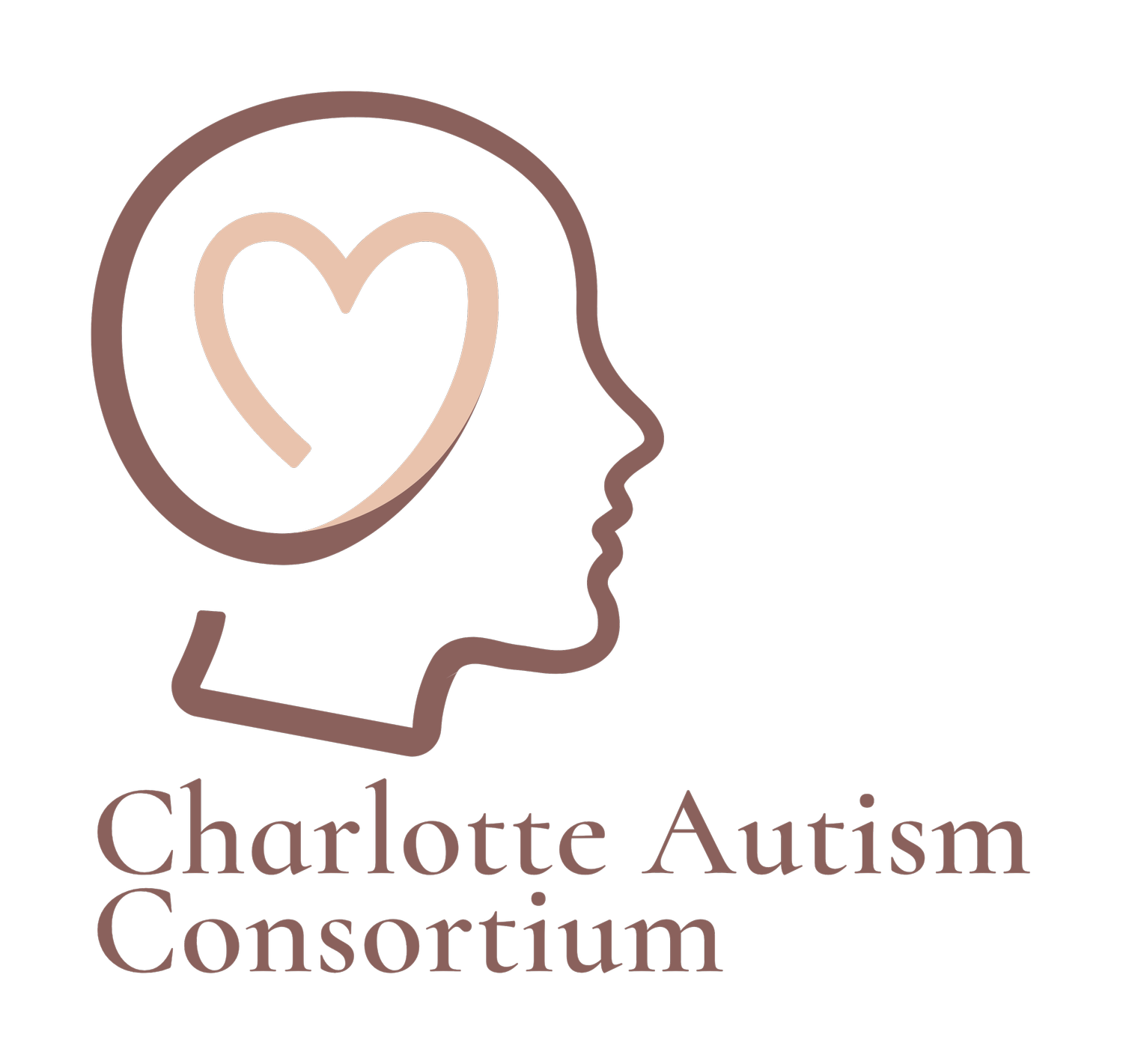
What is autism?
Autism is.
…A different way of processing the world, both internally and externally.
…A neurotype that enriches our cultural ecosystem.
…A cultural community in itself, with distinct perspectives, mannerisms, art, communication style, achievements, and place of belonging.
…Often poorly understood, especially for high-masking individuals with less observable differences.
A unique approach
However, just because someone does not seem “that autistic,” their challenges should not be minimized. High-masking autistic individuals have the highest rate of mental health challenges among the autistic population (higher rates of anxiety, depression, suicidality; lower self-esteem).
It’s time to stop limiting our understanding of autism by outwardly observable challenges, but rather strive to understand autism from the inside out.
Just as our planet thrives with biodiversity, we can all benefit and thrive by honoring our human neurodiversity.
Autistic individuals may have processing differences such as:
How they receive their external senses (touch, taste, smell, sight, sound, and the movement senses).
How they receive their internal senses, or our 8th sense, now known as interoception (hunger, thirst, pain, internal body temperature, etc.).
How they process emotions (awareness of shifts in emotional arousal due to awareness of interoceptive signals).
Differences in thinking styles (For example, some autistic individuals have more of a “black and white” thinking style, are concrete thinkers, or more detail-oriented, etc.)
Deep focus in areas of strong interest, and alternatively, difficulty getting started and staying focused in areas of low interest.
Difficulty “filtering out” the “extra” information (For example, tuning out background voices or other noises when trying to listen to a friend)
Difficulty “reading” nonverbal communication and coordinating the nonverbal “socially appropriate” responses.
These differences bring such strengths—
Unique thinkers and problem-solvers
Different thinking styles that offer a new perspective (For example, a “pattern thinker” seeing a flaw in their company’s work flow that others didn’t notice)
Less susceptibility to “group think”, or the internal pressure to believe the majority consensus even when it’s wrong
Exceptional skills and knowledge in areas of deep interest
A very strong moral code and sense of ethics
Direct and clear communication style
Exceptional ability for logical thinking, less clouded by emotional response
“It is not our differences that divide us. It is our inability to recognize, accept, and celebrate those differences.”



